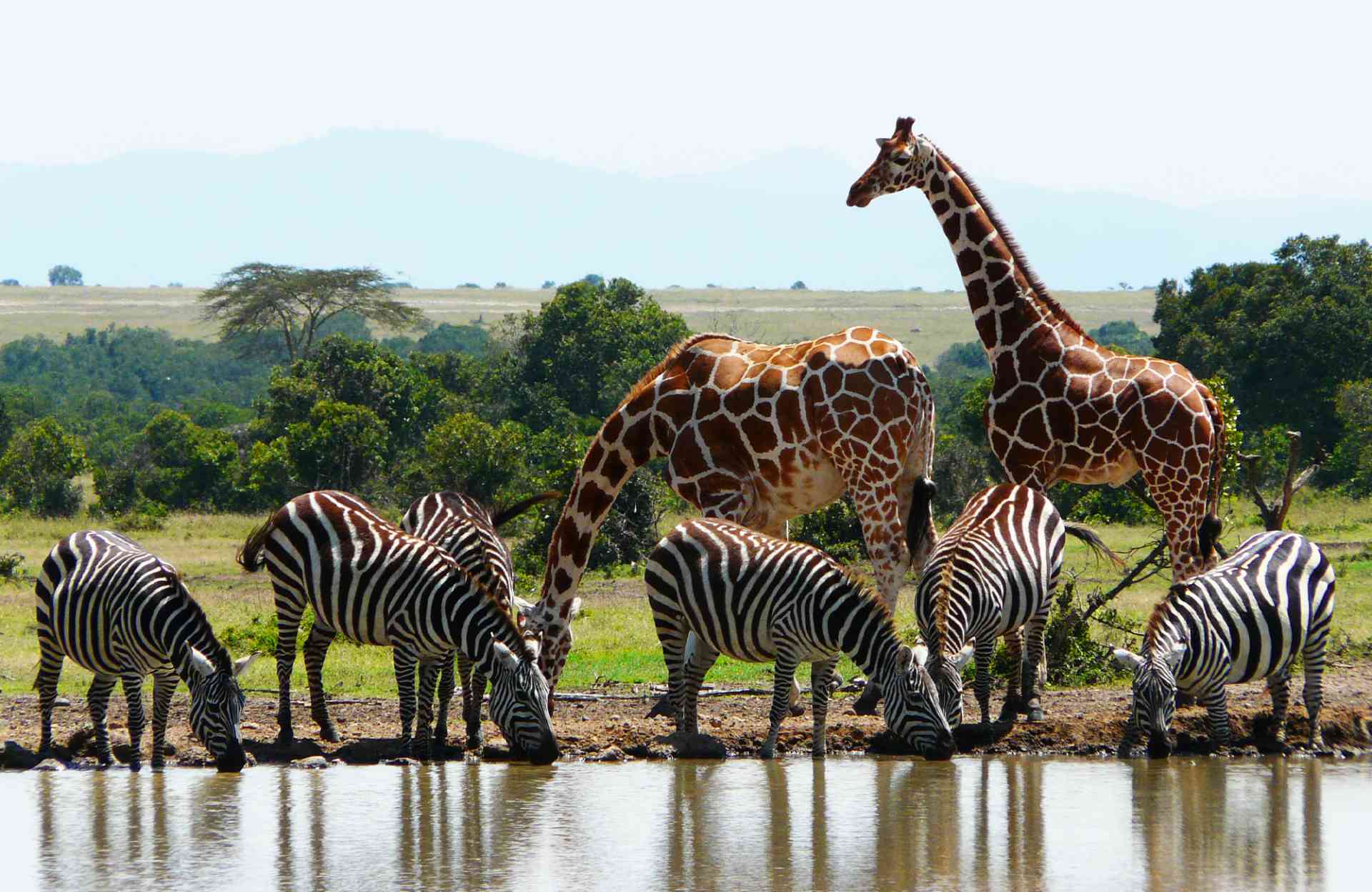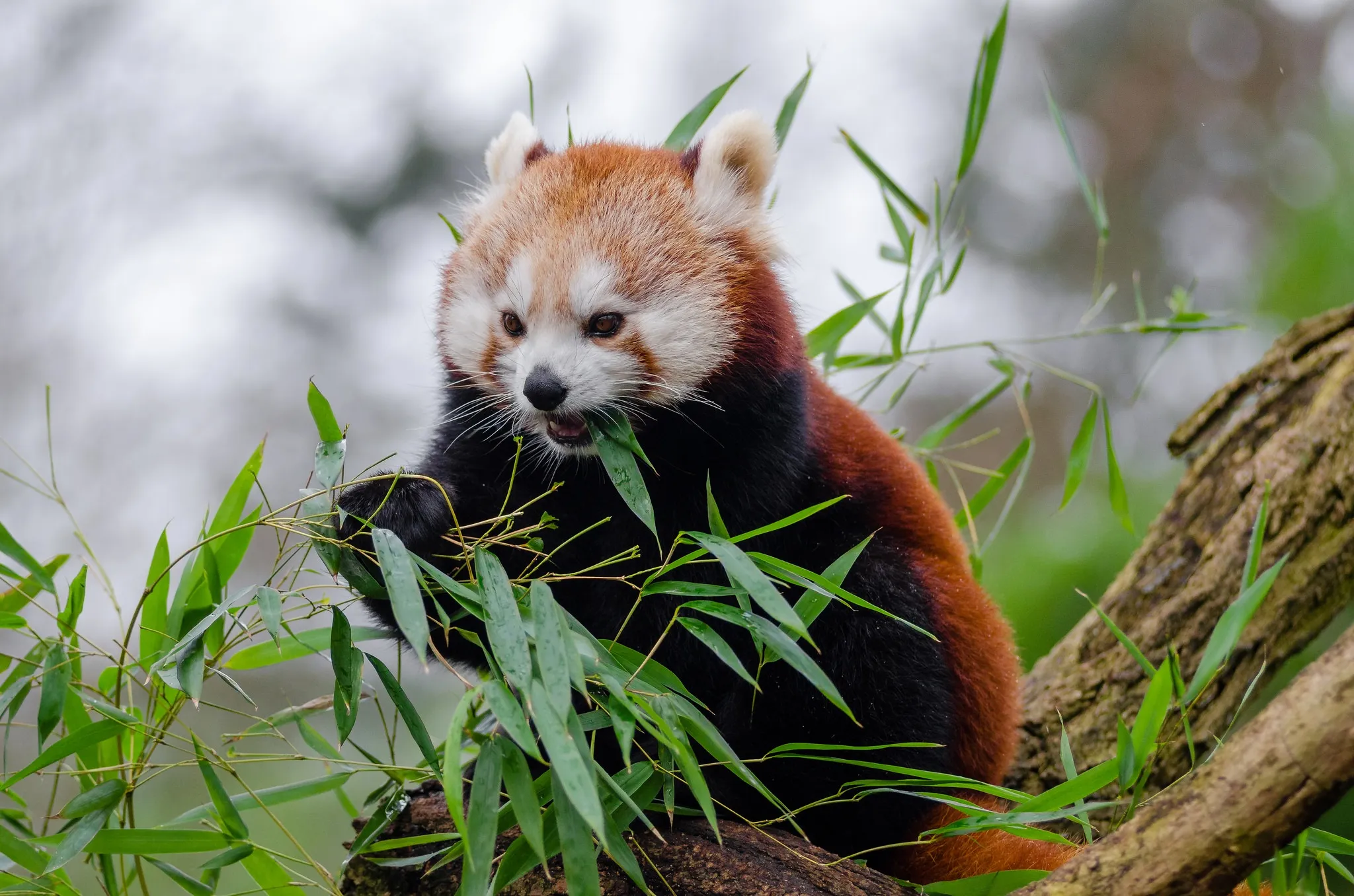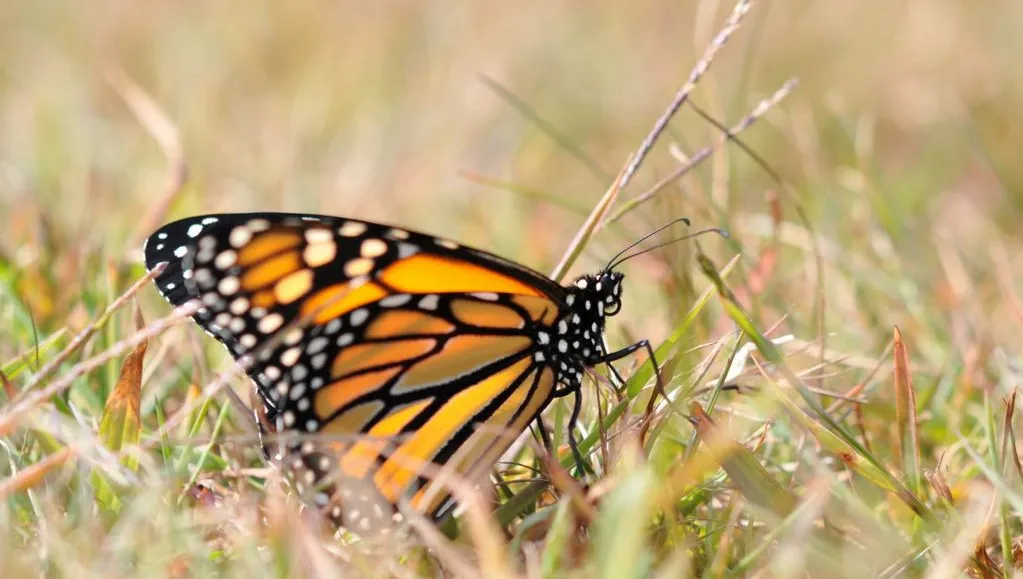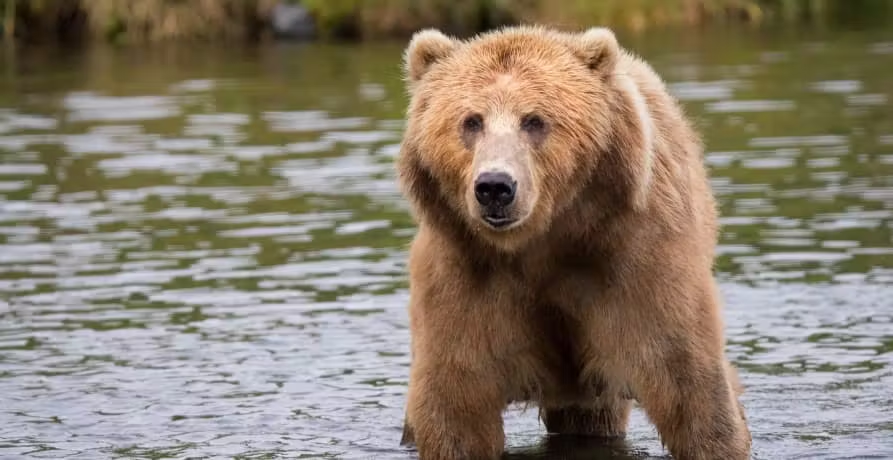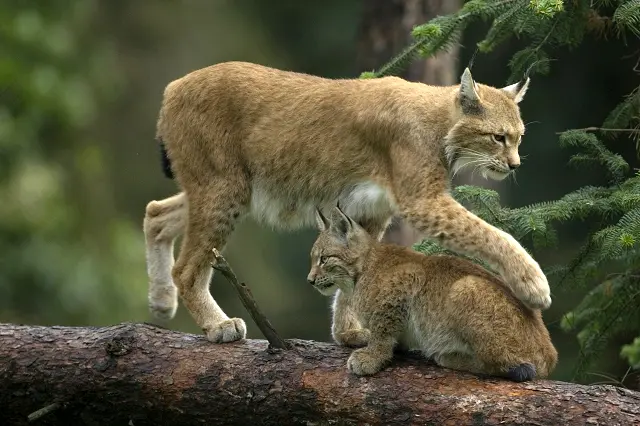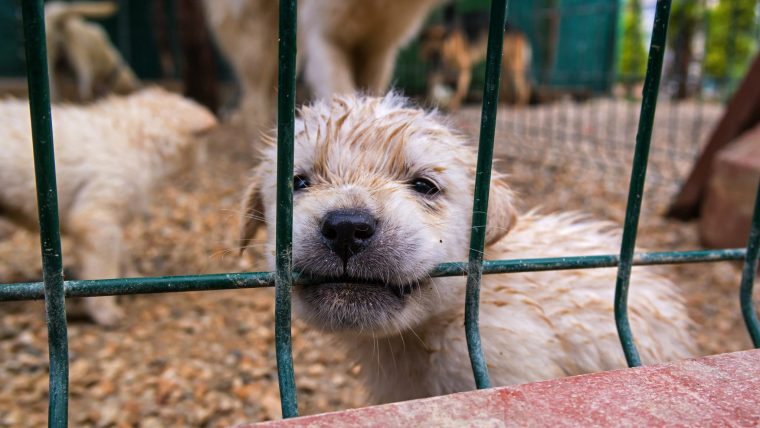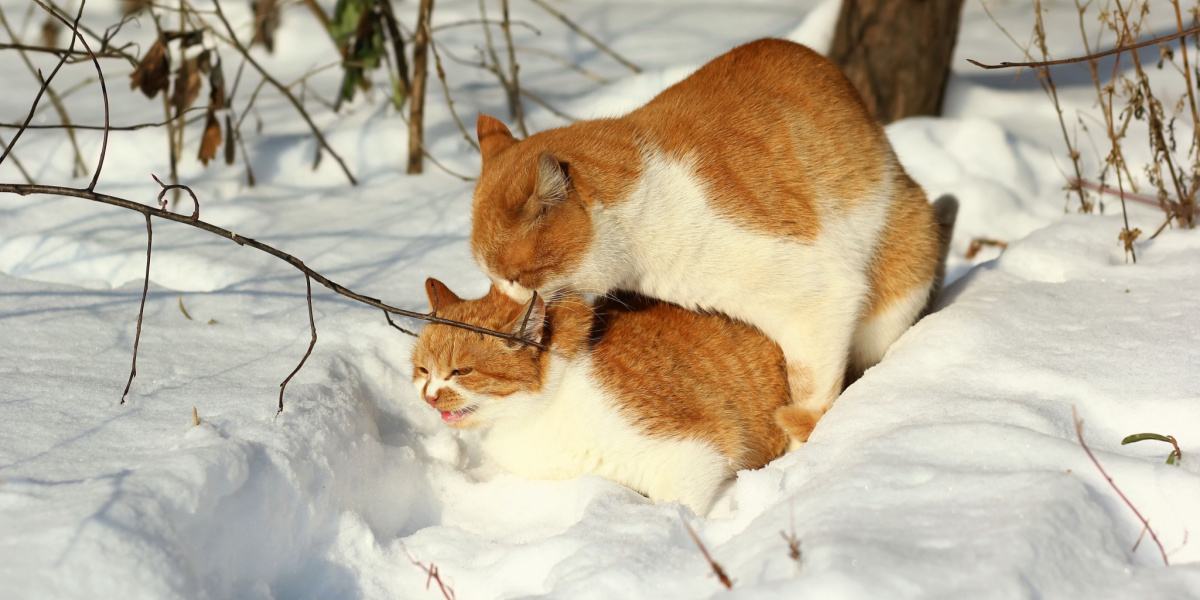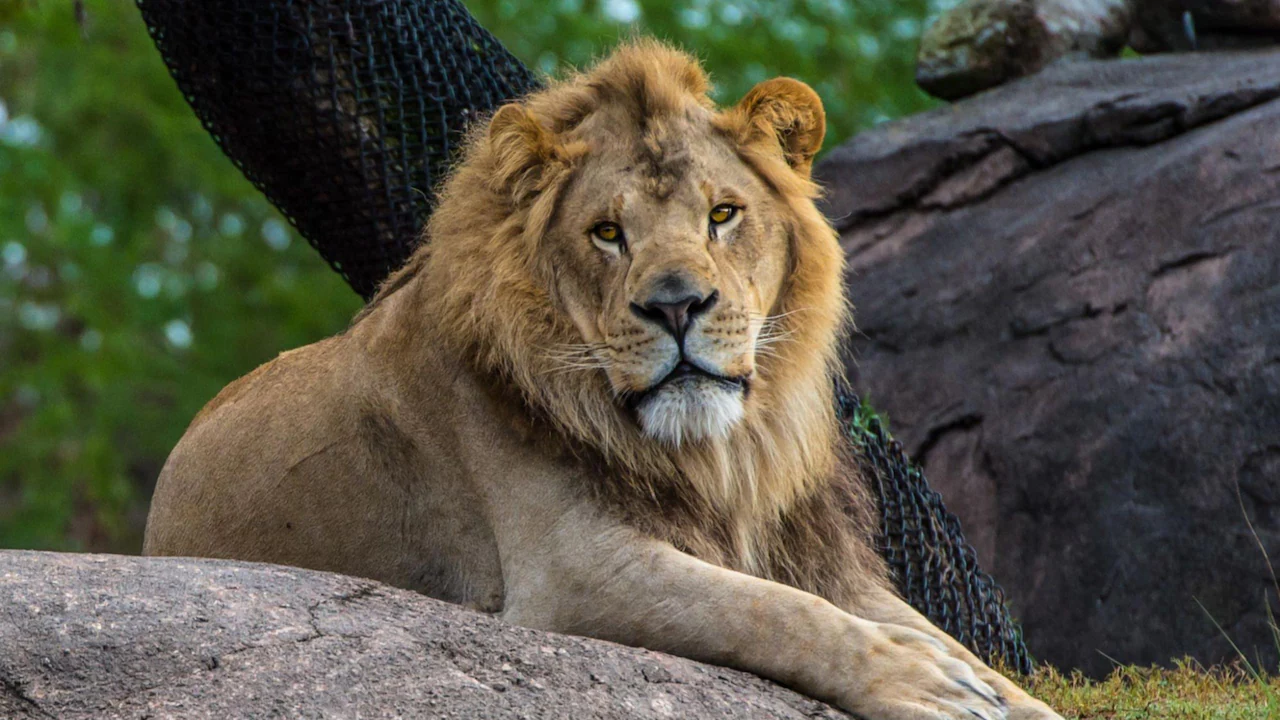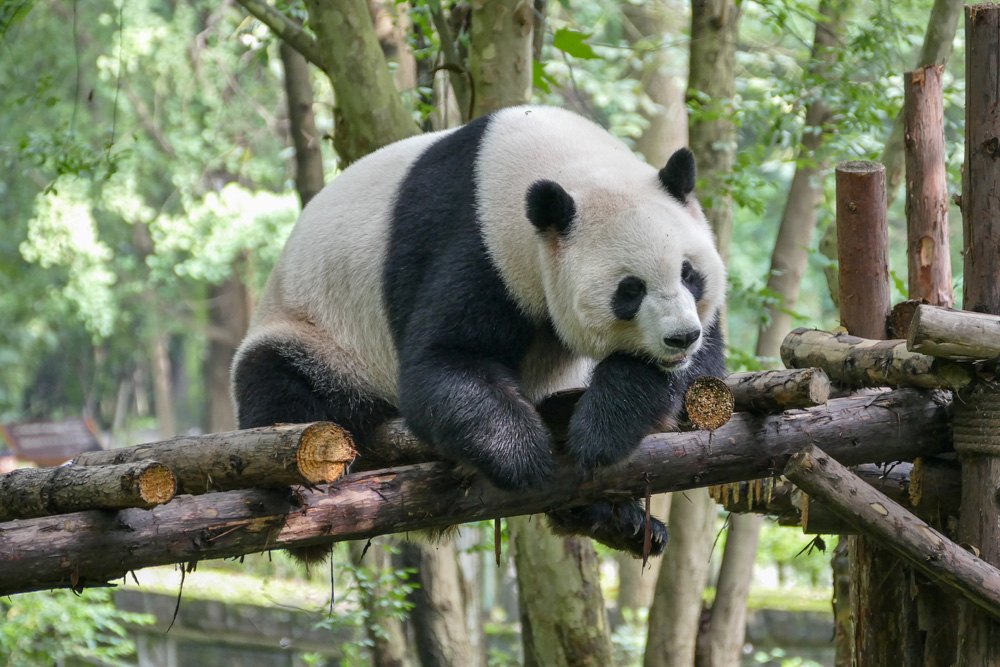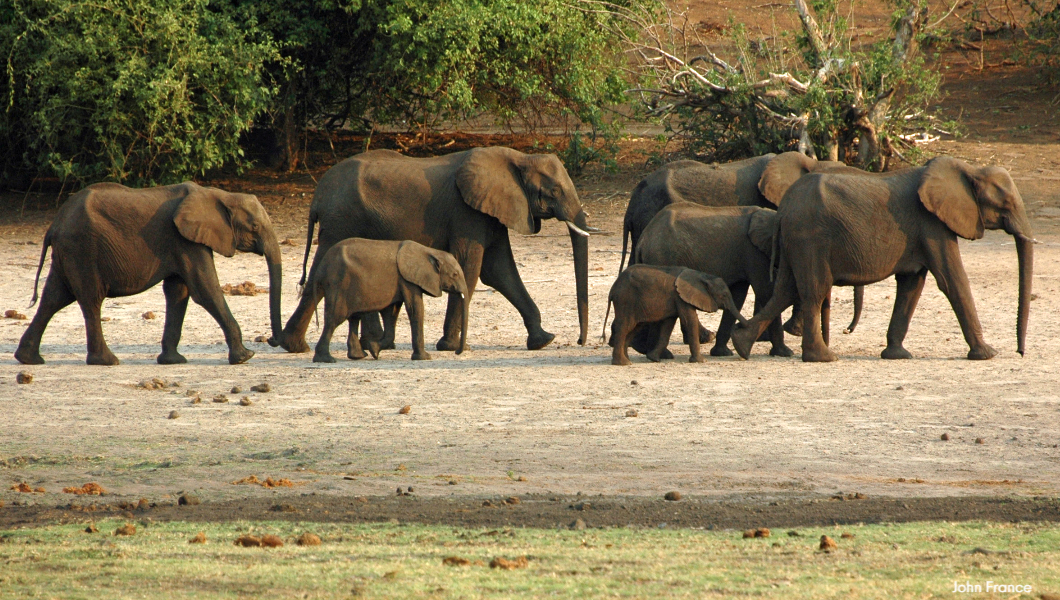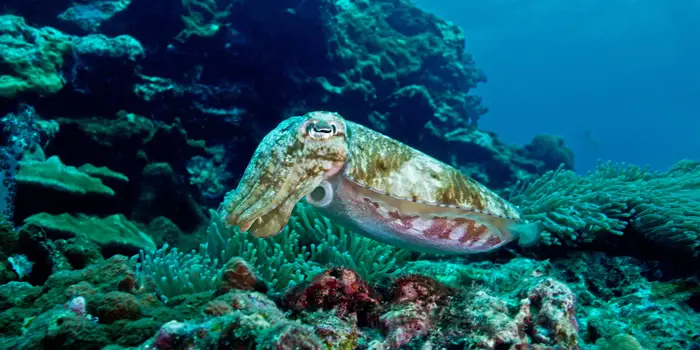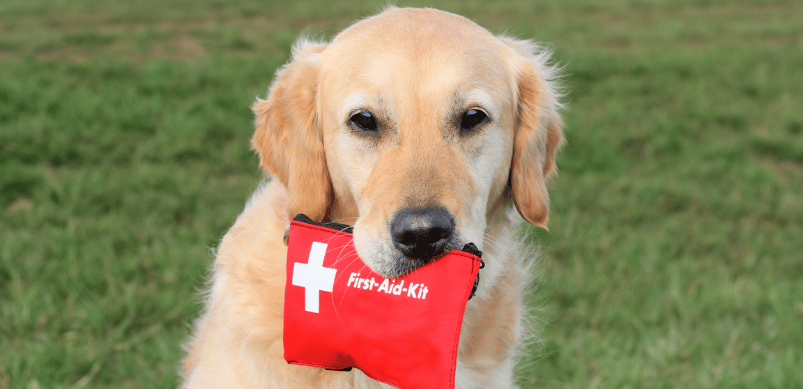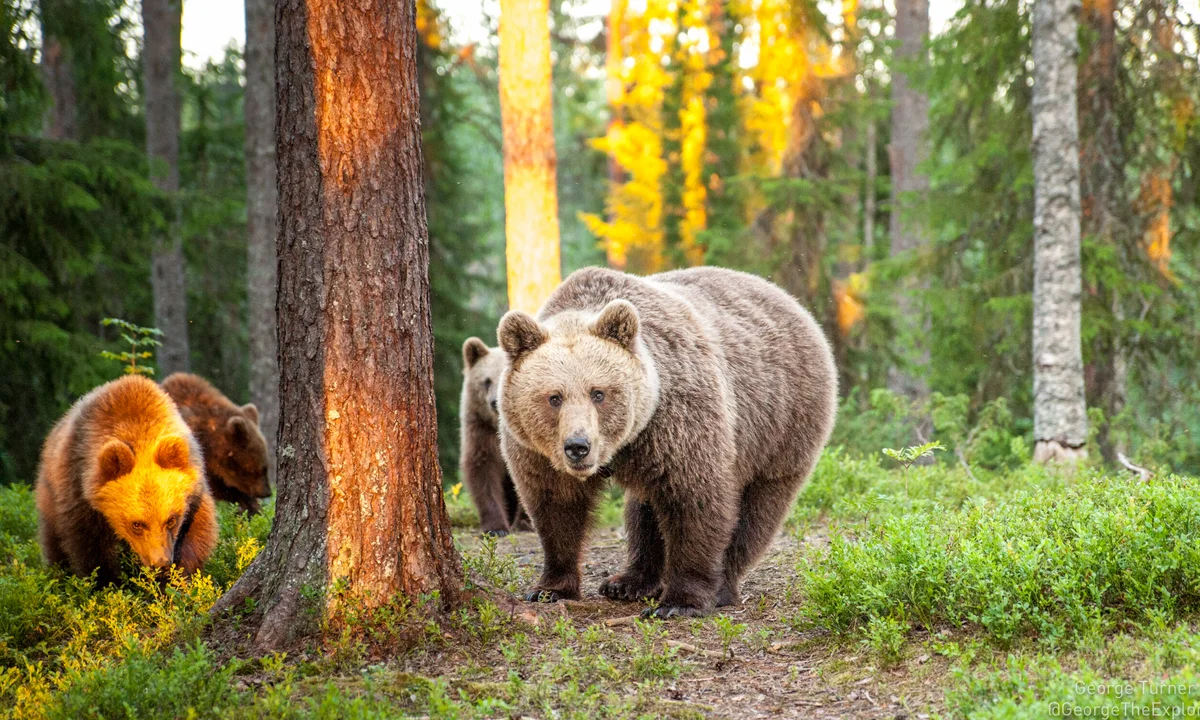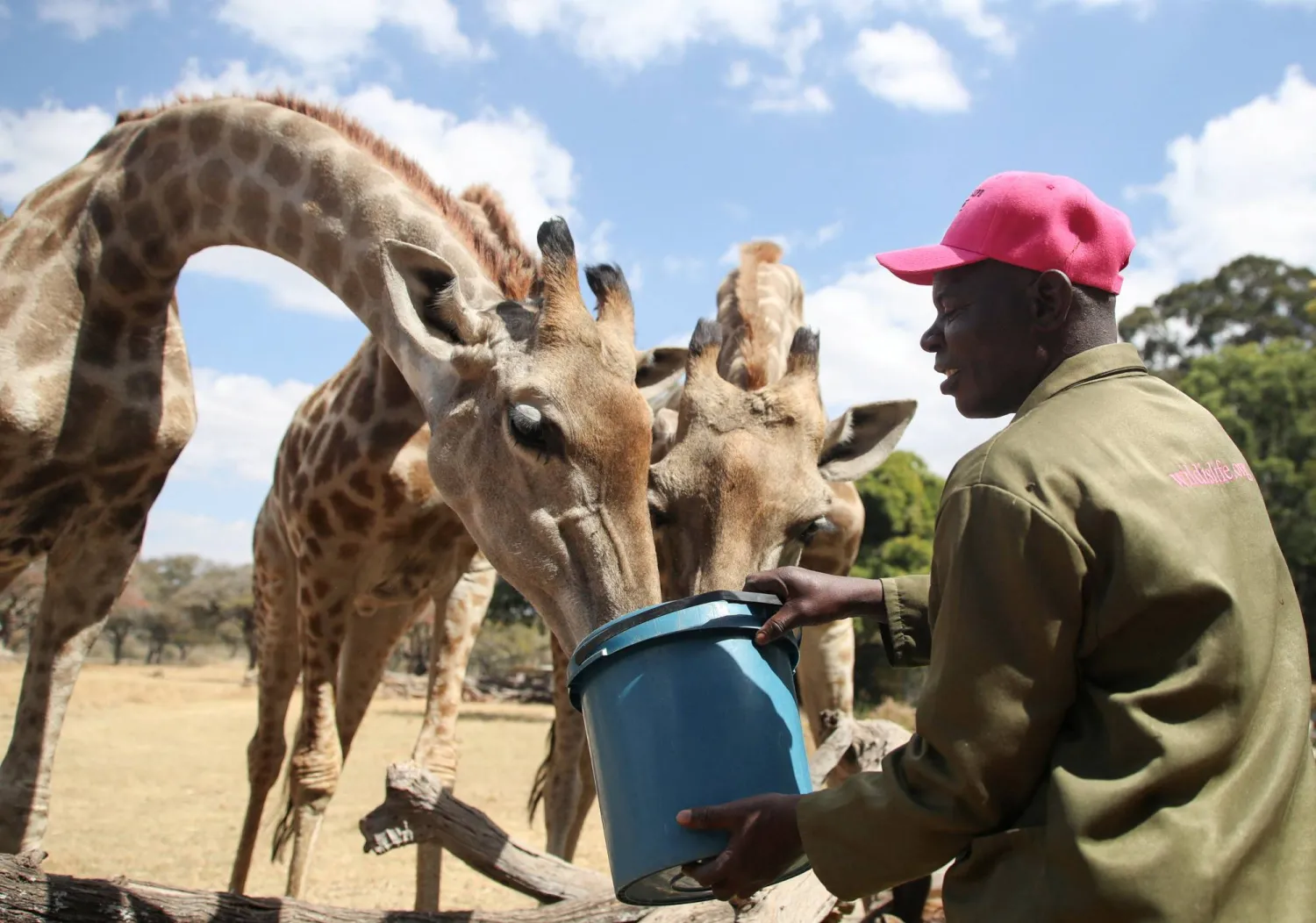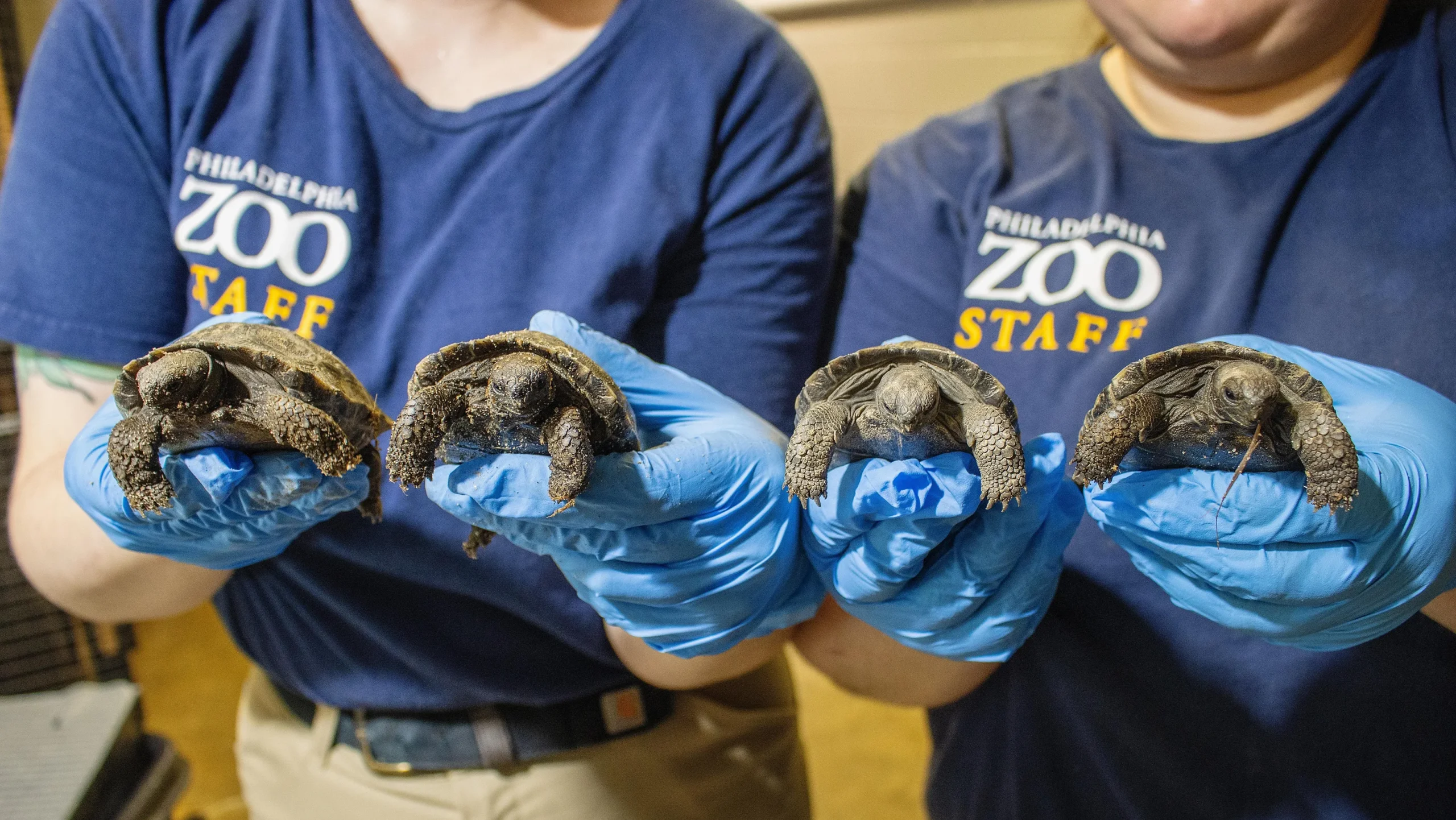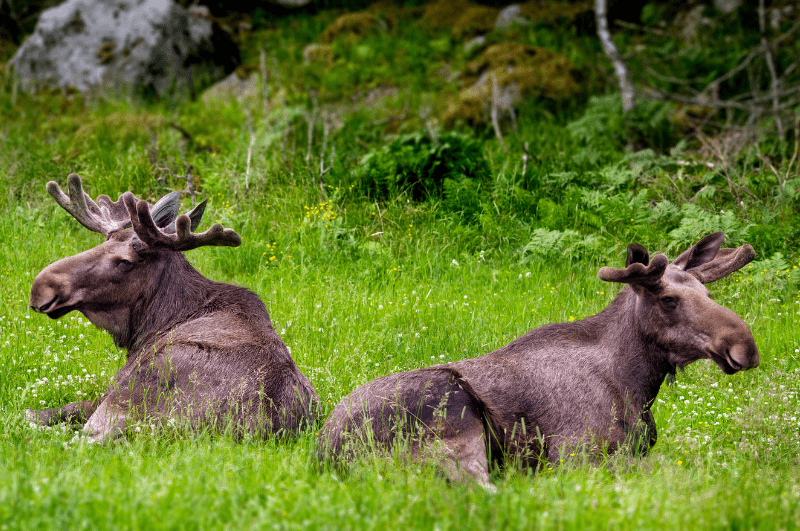Picture this: I’m standing on a rugged cliff in Scotland’s Outer Hebrides, the wind whipping through my hair as a pod of orcas slices through the waves below. It was my first wildlife holiday in Europe, years ago, and I was hooked from that moment. No jet lag from far-flung safaris, just pure, accessible adventure right on our doorstep. Europe might not scream “wildlife hotspot” like Africa or the Amazon, but trust me, it’s a treasure trove of natural drama—from polar bears in the Arctic north to flamingos in southern wetlands. These trips aren’t just vacations; they’re immersive escapes that reconnect you with nature, often with a side of cultural charm and eco-conscious vibes. In this guide, we’ll dive deep into why Europe shines for wildlife enthusiasts, spotlight top spots, share practical tips, and even toss in some laughs about my mishaps (like the time I mistook a sheep for a chamois in the Alps). Whether you’re a birdwatcher, a bear tracker, or just someone craving fresh air and wonder, let’s explore how to craft your perfect wildlife holiday in Europe.
What Are Wildlife Holidays?
Wildlife holidays are all about stepping into nature’s theater, where animals take center stage and you’re the wide-eyed audience. Unlike beach lounging or city hopping, these trips focus on observing creatures in their habitats—think guided safaris, boat excursions, or hikes with expert naturalists. In Europe, they blend adventure with education, often emphasizing conservation to ensure future generations can enjoy the same thrills.
Why Choose Europe for Wildlife Holidays?
Europe packs an astonishing variety of wildlife into a compact space, making it ideal for shorter trips without the hassle of long-haul flights. From the misty forests of Romania to the volcanic islands of the Azores, you get world-class encounters minus the exotic diseases or extreme costs. Plus, many spots tie in history and local cuisine—imagine spotting lynx by day and savoring tapas by night in Spain.
Europe’s Diverse Ecosystems
The continent’s mix of climates creates hotspots like boreal forests in the north, Mediterranean scrub in the south, and alpine meadows everywhere in between. This diversity means you can chase migrating birds in spring or watch bears forage in autumn, all within a few hours’ drive or train ride. It’s like nature’s buffet, serving up everything from whales to wildflowers.
Conservation Efforts and Responsible Travel
Many European wildlife holidays support rewilding projects, like bear protection in Romania or bird sanctuaries in Estonia. Choosing operators committed to low-impact tourism helps preserve these spots—I’ve seen firsthand how entrance fees fund habitat restoration. It’s rewarding to know your adventure contributes to keeping Europe’s wild side thriving.
Top Destinations for Wildlife Holidays in Europe
Europe’s wildlife scene rivals any global safari, with accessible spots that deliver big on sightings. Whether you’re into marine mammals or elusive predators, these destinations offer unforgettable experiences. I’ve narrowed it down based on biodiversity, accessibility, and wow factor—drawing from my own treks and trusted sources.
The Azores, Portugal: Whale-Watching Paradise
This mid-Atlantic archipelago feels like Europe’s secret ocean playground, where volcanic landscapes meet teeming seas. Spot up to 26 cetacean species, including blue whales and sperm whales, on boat tours from São Miguel. Best in summer, when calm waters make for smooth sailing and frequent sightings—I’ve held my breath as a humpback breached just meters away.
- Key Species: Blue whales, dolphins, manta rays, sea turtles.
- Best Time: April to September for peak whale migrations.
- Unique Feature: Combine with hiking volcanic trails for a land-sea adventure.
Svalbard, Norway: Polar Bear Realm
Up in the Arctic Circle, Svalbard’s icy wilderness is Europe’s edge-of-the-world spot for polar bears lumbering across glaciers. Guided expeditions by ship or snowmobile reveal walruses, Arctic foxes, and seabird colonies—it’s raw, remote, and utterly mesmerizing. Winter brings Northern Lights as a bonus, though summers offer 24-hour daylight for non-stop wildlife spotting.
- Key Species: Polar bears, walruses, reindeer, puffins.
- Best Time: June to August for accessible terrain and bear activity.
- Unique Feature: Ethical viewing from safe distances, supporting climate research.
Scotland’s Outer Hebrides: Otter and Seabird Haven
Scotland’s windswept islands are a wildlife lover’s dream, with otters playfully hunting in kelp forests and massive seabird cliffs at St Kilda. Kayak or hike for intimate encounters—my funniest memory is an otter stealing a fisherman’s lunch while we watched. It’s affordable and family-friendly, with cozy B&Bs nearby.
- Key Species: Otters, whales, puffins, golden eagles.
- Best Time: May to July for breeding seasons and mild weather.
- Unique Feature: UNESCO-listed sites blend nature with ancient history.
Romania’s Carpathian Mountains: Bear and Wolf Tracking
Romania’s vast forests harbor Europe’s largest brown bear population, with hides offering close-up views without disturbance. Add wolves, lynx, and bison for a true wilderness feel—I’ve felt the thrill of hearing a wolf howl at dusk. The Danube Delta nearby adds birdwatching galore, making it a two-for-one deal.
- Key Species: Brown bears, wolves, lynx, pelicans in the delta.
- Best Time: May to October for active mammals; spring for birds.
- Unique Feature: Affordable guided tracks support local eco-projects.
Spain’s Pyrenees and Doñana National Park: Raptor and Lynx Spotting
From bearded vultures soaring over Ordesa to Iberian lynx prowling in Doñana’s wetlands, Spain delivers diverse thrills. Butterfly meadows and chamois herds add color—I’ve picnicked amid wildflowers, spotting raptors overhead. It’s perfect for multi-activity trips, mixing wildlife with hiking.
- Key Species: Iberian lynx, bearded vultures, chamois, butterflies.
- Best Time: May-June for blooms and birds; year-round for lynx.
- Unique Feature: National parks with easy access from major cities.
Poland’s Białowieża Forest: Bison and Ancient Woods
This primeval forest is a UNESCO gem, home to Europe’s last wild bison herds roaming misty glades. Bike or hike for sightings of moose, lynx, and wolves—my visit felt like stepping into a fairy tale, complete with ancient oaks. Winter tracking adds a snowy twist.
- Key Species: European bison, moose, wolves, lynx.
- Best Time: Year-round; summer for biking, winter for tracking.
- Unique Feature: Guided safaris almost guarantee bison views.
Iceland’s Eastern Fjords: Puffins and Reindeer
Iceland’s dramatic coasts buzz with puffins nesting on cliffs, while reindeer graze flower-strewn hills. Whale-watching from Husavik often yields humpbacks—I’ve laughed at puffins’ clumsy flights, a comic relief amid volcanic backdrops. It’s magical in summer’s midnight sun.
- Key Species: Puffins, reindeer, humpback whales, seals.
- Best Time: May-September for birds and blooms.
- Unique Feature: Geothermal sites nearby for a relaxing end to days.
Finland’s Taiga Forests: Bear Hides and Northern Wildlife
Hidden observation hides in Finland’s east let you watch brown bears up close, often with cubs in tow. Add wolves and wolverines for excitement—my overnight in a hide was tense yet exhilarating, with bears ambling by at twilight. It’s serene, with saunas to unwind.
- Key Species: Brown bears, wolves, elk, wolverines.
- Best Time: May-September for long days and activity.
- Unique Feature: Professional hides ensure safe, ethical viewing.
Comparing Europe’s Top Wildlife Destinations
To help you decide, here’s a handy comparison table of key spots. I’ve focused on accessibility, cost, and highlights to match different traveler types.
| Destination | Key Wildlife | Best Season | Accessibility (from Major Cities) | Avg. Cost per Day | Unique Selling Point |
|---|---|---|---|---|---|
| Azores, Portugal | Whales, Dolphins | Apr-Sep | Flights from Lisbon (2 hrs) | €100-150 | Ocean-focused adventures |
| Svalbard, Norway | Polar Bears, Walruses | Jun-Aug | Flights from Oslo (3 hrs) | €200-300 | Arctic extremity |
| Scotland, UK | Otters, Seabirds | May-Jul | Train/Ferry from London (8 hrs) | €80-120 | Affordable island hopping |
| Romania | Bears, Wolves | May-Oct | Flights to Bucharest (2 hrs drive) | €70-100 | Budget predator tracking |
| Spain | Lynx, Vultures | Year-round | Trains from Madrid (3-5 hrs) | €90-140 | Cultural blend |
| Poland | Bison, Moose | Year-round | Trains from Warsaw (3 hrs) | €60-90 | Primeval forest immersion |
| Iceland | Puffins, Reindeer | May-Sep | Flights to Reykjavik (local drive) | €150-200 | Volcanic drama |
| Finland | Bears, Wolverines | May-Sep | Flights to Helsinki (drive east) | €100-150 | Hide-based intimacy |
This table shows Europe’s range—pick based on your budget and interests. For instance, Scotland suits beginners, while Svalbard thrills adventurers.
Pros and Cons of Guided vs. Self-Guided Wildlife Tours
Guided tours shine for expertise, but self-guided offer freedom. Here’s a balanced look.
Pros of Guided Tours:
- Expert knowledge ensures better sightings and safety.
- All logistics handled—meals, transport, permits.
- Group camaraderie, often with conservation insights.
Cons of Guided Tours:
- Higher costs (e.g., €500-2000 for a week).
- Fixed schedules limit spontaneity.
- Larger groups might scare shy wildlife.
Pros of Self-Guided:
- Cheaper and flexible—plan your pace.
- Intimate experiences, like solo hikes.
- Customize for personal interests.
Cons of Self-Guided:
- Risk missing spots without local know-how.
- Safety concerns in remote areas.
- More planning time required.
I prefer guided for predators like bears, but self-guided for birding—mix them for the best of both.
Seasonal Guide: Best Times for Wildlife Holidays in Europe
Timing is everything in wildlife travel. Spring (March-May) bursts with migrations and blooms, ideal for birds in Spain or butterflies in Bulgaria. Summer (June-August) suits marine life in the Azores or bears in Finland, with long days for exploration. Autumn (September-November) brings rutting deer in Scotland and fewer crowds. Winter (December-February) excels for wolves in Romania or eagles in Norway, though weather can bite. Pro tip: Check migration patterns on sites like BirdLife International for precision.
Planning Your Wildlife Holiday: Tips from the Trail
From my blunders (packing wrong boots for muddy deltas), here’s real advice. Start with research—use apps like iNaturalist for species tracking. Pack binoculars, waterproof gear, and eco-friendly bug spray. Budget €50-200 daily, covering stays and tours. For sustainability, choose operators like Responsible Travel that offset carbon and limit group sizes.
- What to Pack: Layered clothing, sturdy boots, field guides, reusable water bottle.
- Health and Safety: Vaccinations for rural areas; respect wildlife distances to avoid stress.
- Eco-Tips: Leave no trace, support local guides for community benefits.
Where to Book Your European Wildlife Adventure
Navigational intent? Head to trusted operators. Naturetrek offers expert-led bird tours in Bulgaria (from £1,295 for a week). Wildlife Worldwide specializes in bear watching in Finland (around £2,000 including hides). For transactional ease, TourRadar lists 62 wildlife trips with reviews—book directly for deals like a Danube Delta cruise at €1,500. Internal link: Check our Europe Travel Essentials guide for more.
Best Tools and Apps for Wildlife Spotting
Informational boost: Apps like Merlin Bird ID identify calls on the spot—saved me during a foggy Scottish hike. Binoculars from Vortex (around €200) are transactional must-buys for clear views. For tracking, eBird logs sightings globally. Pro: These tools enhance experiences; con: Don’t let screens distract from the moment.
People Also Ask: Common Questions About Wildlife Holidays in Europe
Drawing from real searches, here’s what folks wonder—optimized for quick answers.
- Where to see wildlife in Europe this summer? Head to the Azores for whales or Romania’s Danube Delta for birds; both offer staggering summer displays.
- What are the top 10 wildlife vacations in Europe? Include dolphins in Azores, polar bears in Svalbard, whales in Iceland, birds in Spain, otters in Scotland, bison in Poland, lynx in Romania, wolves in France, butterflies in Bulgaria, and eagles in Norway.
- When is the best time to visit Europe for wildlife? April to September for most, with specifics like March-April for lynx mating in Romania.
- Are there wildlife conservation vacations in Europe? Yes, like bear projects in Romania or whale research in the Azores—many support rewilding.
FAQ: Your Wildlife Holiday Questions Answered
What is the best wildlife holiday in Europe for families?
Scotland’s Outer Hebrides—otters and puffins are kid-friendly, with short hikes and boat trips. Affordable and educational, from £800 for a family week.
How much do wildlife tours in Europe cost?
Expect £500-2,500 per person for a week, covering guides and stays. Budget options in Poland start lower; luxury in Svalbard higher.
Where can I see bears in Europe?
Romania and Finland top the list—hides guarantee views. Book via Wildlife Worldwide for ethical trips.
What are the risks of wildlife holidays?
Minimal if guided—weather, wildlife encounters (keep distance), or terrain slips. Always insure and follow rules.
How to choose a responsible wildlife operator?
Look for certifications like ABTA or eco-labels. Sites like Responsible Travel prioritize sustainability.
Wrapping up, wildlife holidays in Europe have transformed my view of travel—from that orca sighting in Scotland to bear whispers in Romania, they’ve sparked joy and respect for nature. They’re accessible, enriching, and endlessly surprising. Grab your binoculars, book that trip, and create your own stories. Who knows? You might spot something that changes you forever. Safe travels!
